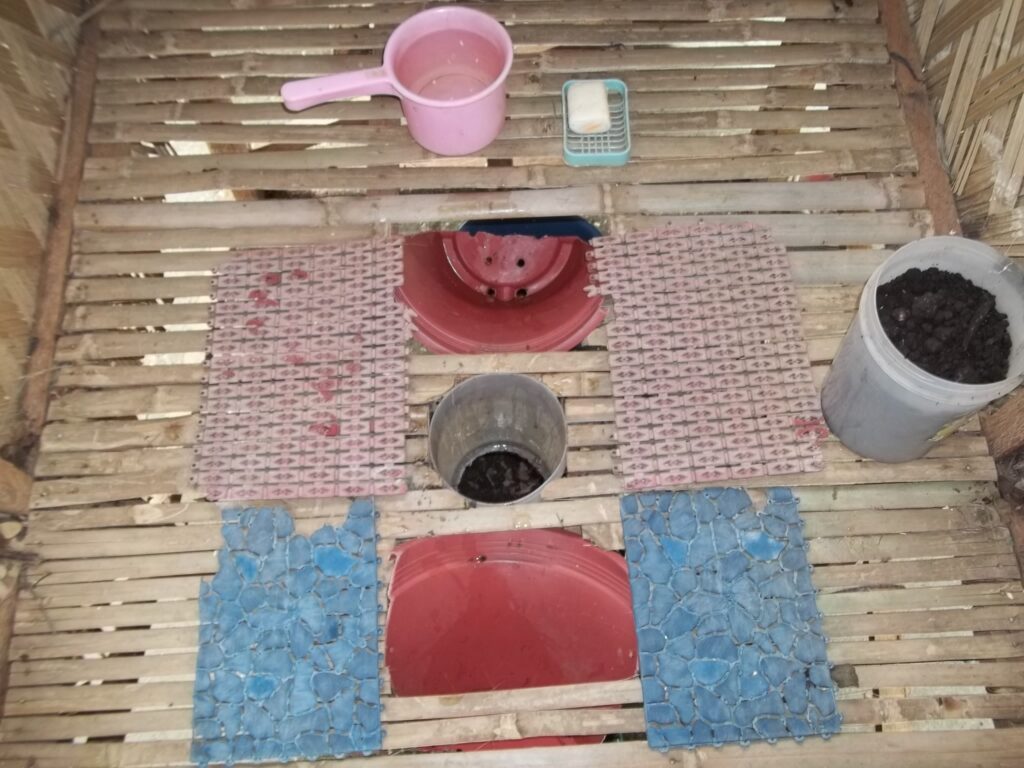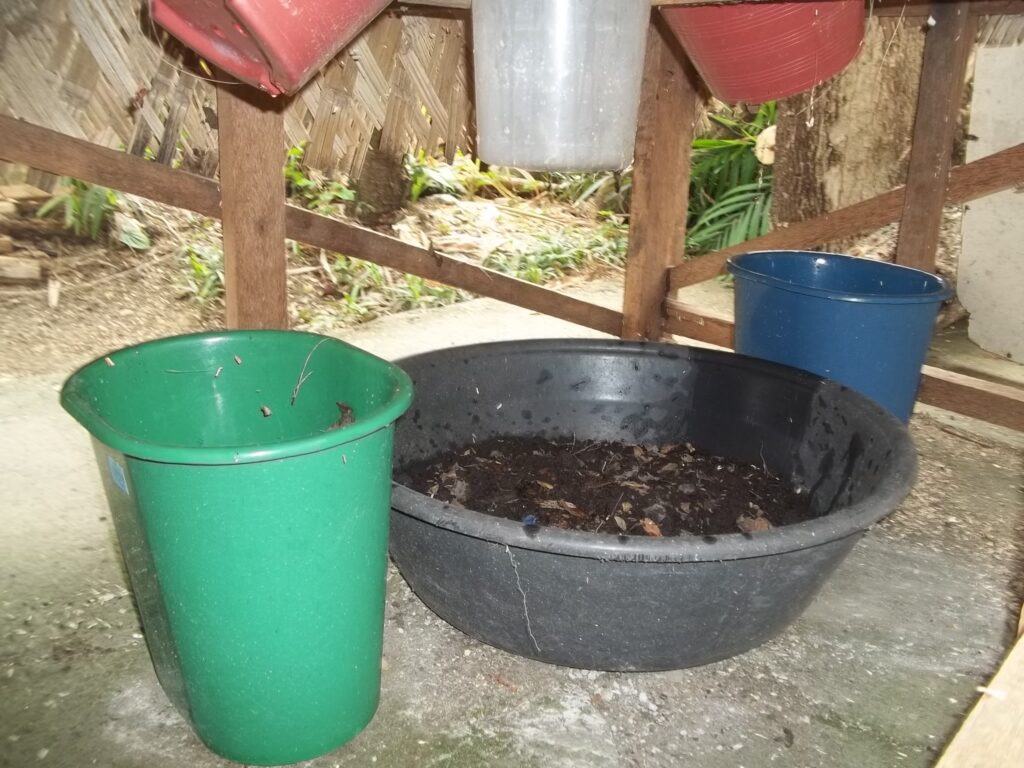Text by Henrylito D. Tacio
Photos by Dr. Rafael D. Guerrero III
Most people, particularly those living in industrialized countries like the United States and the United Kingdom, may not have the problem but to 40% of the world’s population, but lack of access to proper sanitation is a dilemma.
“For close to 2.5 billion people, many of whom are mired in poverty, flush toilets and clean bathrooms are not readily available,” wrote the late Senator Edgardo J. Angara in his monthly column for Health and Lifestyle. “Sanitation levels remain very poor in various parts of the world, even in areas where household and communal toilets are great in number for lack of a fully functional sewage system.”
In the Philippines alone, 24 million Filipinos, roughly 26% of the population, face this problem. A national nutrition survey done by the Food and Nutrition Research Institute found that Filipino households without toilets went up from 8.1% in 2008 to 9.6% in 2011.
As an alternative, nearly eight million Filipinos, most in the poorest regions of the country, still defecate behind bushes, on fields, into plastic bags, or along roadside ditches and highways.
“As a result, more Filipinos are becoming vulnerable to water-borne diseases and other preventable afflictions like cholera, dysentery, diarrhea, and pneumonia,” Sen. Angara wrote in his column.
In 2005, a report published by the United Nations Department of Economic and Social Affairs showed around 25 Filipinos die every day from diarrhea caused by poor water sanitation.
Unsafe water kills more people than violence and wars each year, the United Nations deplored. Combined with poor sanitation, it is the world’s “second biggest killer of children.”
The international non-profit organization Water.org said that a child dies globally from water-related illnesses every 21 seconds. This is mostly due to water contaminated by fecal matter – because many families still lack toilets.

The three containers below the VT’s platform (portable) receives the urine (front), excrement (middle) and washing (back). 
The VT’s commode with three openings: the front trough for urine, middle opening for excrement and back trough for washing. The white container at the right is with vermicompost for pouring over the excrement to avoid the bad odor and flies. The vermicompost has earthworms (“African night crawler”) that hastens aerobic decomposition and decontaminates the feces of pathogens.
Dr. Mike Gnilo, water sanitation and hygiene specialist of the United Nations Children’s Fund (UNICEF), said that it takes only two to three people openly defecating to contaminate 30 to 50 sitios.
Sanitation was one of the issues addressed in the Water Sector Reform Act, which the Angara authored and pushed for during his last term as senator. The measure mandated the establishment of local water supply and sanitation companies which will construct, maintain, and operate modern sanitation and sewerage systems.
“Such modern facilities require massive capital outlay, which is often too high for the impoverished communities that direly need them,” Sen. Angara noted.
More so, people need toilets after a disaster. “In times of calamities such as typhoons and floods, there is also a need for emergency sanitary facilities to provide stricken families with readily available and affordable sanitary toilets,” says Dr. Rafael D. Guerrero III, an academician of the National Academy of Science and Technology.
Dr. Guerrero said that the ecology sanitary toilet, a waterless facility that separates human feces and urine introduced to the Philippines, has not been widely used in the country in slums and during emergencies “because of its relatively high cost and lag time for construction.”
That is why Dr. Guerrero is batting for what he calls a vermicompost toilet. “It is similar to ecology sanitary toilet but much cheaper and faster to build, especially during calamities,” explains the professorial lecturer of the University of the Philippines Los Baños’ School Environmental Science and Management.
While compost toilets have been used in developed countries like Australia, the United States, and most European countries in roadside facilities and national parks where water supply and waste treatment facilities are lacking, they have not been adopted in most of developing countries.
“The vermicompost toilet which I designed in unique for the country,” Dr. Guerrero informs. “I adapted the three-opening commode from a similar design in India but I used vermicompost instead of wood ash for covering the feces.”
The vermicompost toilet, which Dr. Guerrero designed, is a platform made of coconut lumber and bamboo slats that has three openings: the front one for urine, the middle one for feces, and the one behind for washing.
Three containers below the platform receive the droppings. Complete with sidings made of sackcloth for privacy purposes and plastic containers, the portable unit can be set up in few minutes and costs less than P1,000.
Vermicompost is a kind of compost produced by vermicomposting with earthworms. “The vermicompost toilet is so called because human excrement is covered with vermicompost as bulking material instead of kitchen ash, coconut coir, or peat moss to absorb liquid and hasten aerobic decomposition,” Dr. Guerrero explains.
Aside from being low-cost and applicable during times of emergency in calamity areas, the vermicompost toilet is portable and easily transported from one place to another manually, Dr. Guerrero says. “It is sanitary and easy to use,” he adds.
Although it is called waterless, a small container of water is still needed to clean the anus thereafter. In a flush-type toilet bowl, it takes 5-7 liters of water to flush down urine/feces. “Aside from water conservation, the urine and feces can be recycled as organic fertilizers,” he points out.
Dr. Guerrero considers it as a sanitary toilet as “it disposes human urine and feces hygienically. The wastes are properly collected and treated without odor, unattractive to flies and do not pollute the environment,” he says.
When asked whether the vermicompost produced from it is safe to be used as organic fertilizer, he replies: “Vermicompost contains aerobic and environment-friendly microorganisms that counteract the pathogenic bacteria in human feces like fecal coliforms. The composting worm, African night crawler, feeds directly on the feces and converts it into vermicast which has no smell, decontaminated of pathogens and safe for use as organic fertilizer for any plant or tree.”

